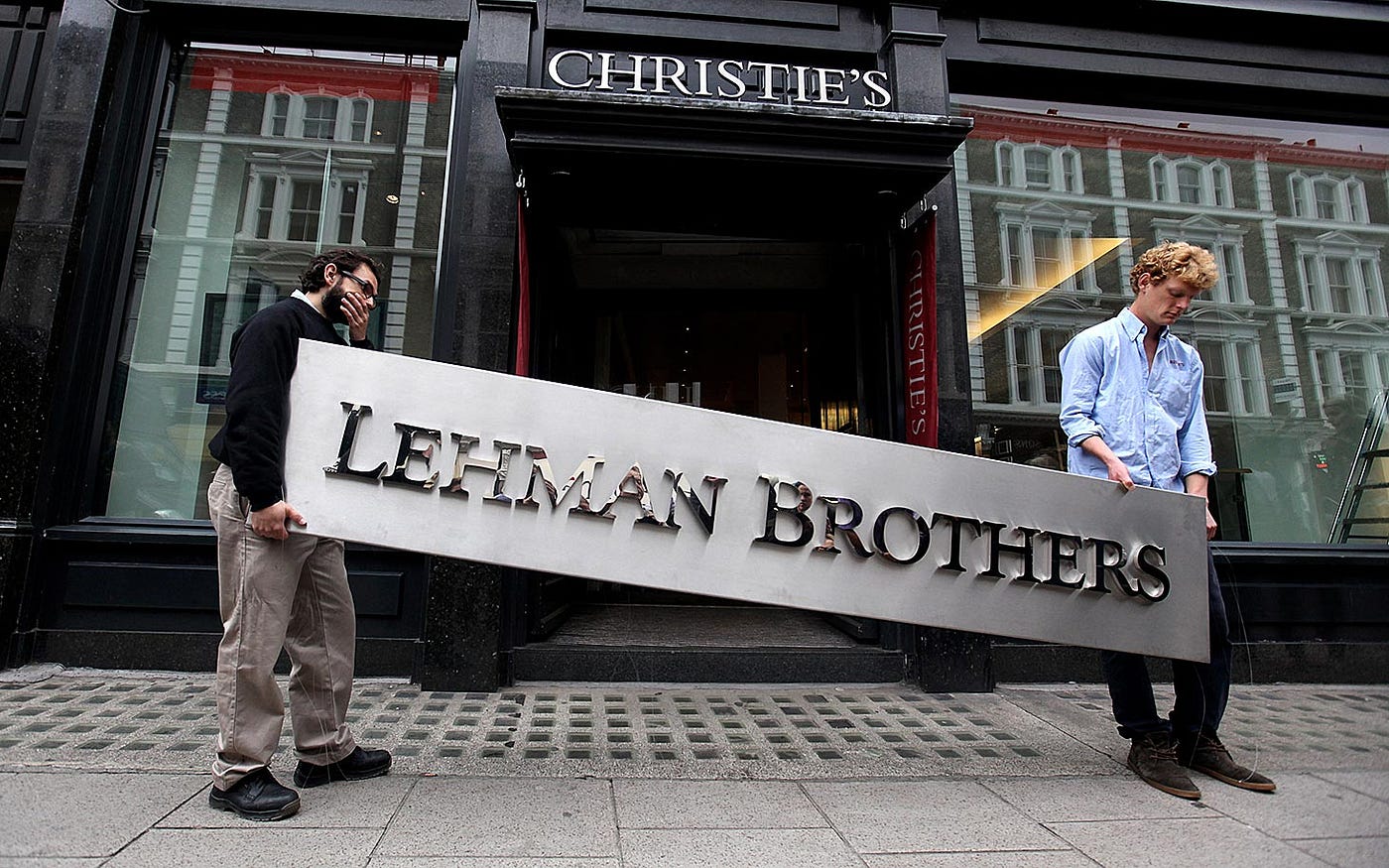Dominant incumbent enterprises frequently fall victim to inertia rooted in their own success. Large corporations sitting atop prosperous industries tend to grow complacent, failing to adopt emerging technologies, doubling down on what previously fueled growth or limping along on brand legacy alone. However, such stagnation renders them highly vulnerable to nimble disruptors and market shifts. As innovation increasingly drives competitive advantage, companies too big to fail often become too slow to keep pace.
Warning Signs of Looming Disruption
Certain patterns routinely emerge as once unassailable giants slide towards decline. Identifying these signals of impending disruption can help complacent giants change course and protect market share.
Clinging to Cash Cows
Rather than explore adjacent spaces or disruptive platforms, stagnant companies keep milking the same products and business models that currently generate easy money. Kodak’s dedication to film in face of digital photography’s rise epitomizes such short-sightedness.
Undervaluing Innovation
Large enterprises with established infrastructure often see little incentive to invest in innovation without competitive pressure. They frequently slash R&D and founder/entrepreneur employee initiatives failing to grasp such elements enable future success.
Bureaucracy Outpaces Agility
As companies grow, expanding management layers and institutional processes tend to bog down decision-making, stifle risk-taking and impede adaptability to evolving consumer dynamics or technologies.
Case Studies of Complacency Caught Off-Guard
The last few decades provide no shortage of shocking examples of once iconic brands failing to respond to market shifts subsequently dethroned by competitors.
Blockbuster: DVDs Forever
The former king of video rental, Blockbuster, so dominated the industry in the early 2000s, its brand epitomized entertainment itself. However, the company completely overlooked the gathering storm of streaming video and clung to physical media even as demand evaporated. With no succession plan, Blockbuster rapidly collapsed into oblivion.
Kodak: Film Loyalist
Despite having pioneered early digital camera technology itself, Kodak chose to focus on its existing film, paper, and chemical business models instead through the 90s and 2000s. Meanwhile, Canon, Fuji and Nikon charges ahead capturing the digital photography revolution. Kodak filed for bankruptcy in 2012 worth only $150 million – a shadow of its peak $28 billion valuation.
Sears: Retail Relic
Sears once towered over American retail through much of the 20th century leveraging its mail-order catalog and appliance innovations. Nevertheless, the company rejected calls to strengthen e-commerce and modernize stores for years as big box stores and Amazon.com stole market share. Sears ultimately declared bankruptcy in 2018 following decades of painful decline.
Turning Around Ossified Giants Before It’s Too Late
Incumbents clinging to former glory can revive innovation, spark turnarounds or at times orchestrate graceful exits by finally acknowledging their shortcomings and taking key actions including:
Investing Heavily In Innovation
Provide protected funding/resources for internal startups, acquisitions, venture capital arms – anything nurturing fresh ideas and technologies even if Return on Investment remains unclear.
Streamlining Structure & Leadership
Break rigid hierarchies into cross-functional teams with clear autonomy and accountability. Seek leaders open to experimentation plus input from younger staffers and modern digitally-savvy talent.
Pivoting Strategically
Make tough choices dropping fading cash cows, and pivoting business models before smaller competitors dominate a market of the future. Reinvention may require short-term revenue/profit hits but prove critical to long-term viability.
The Costs of Complacency
When market dominance breeds complacency, once admired enterprises risk spectacular decline as they lose step with consumer expectations and technological progress. Clinging to the status quo represents a dangerous gamble in an economic landscape defined by innovation. As innovation increasingly drives competitive advantage, companies too big to fail often become too slow to keep pace. However, by humbly acknowledging vulnerabilities before it becomes too late, even the most towering giants may adapt and thrive for decades more.





